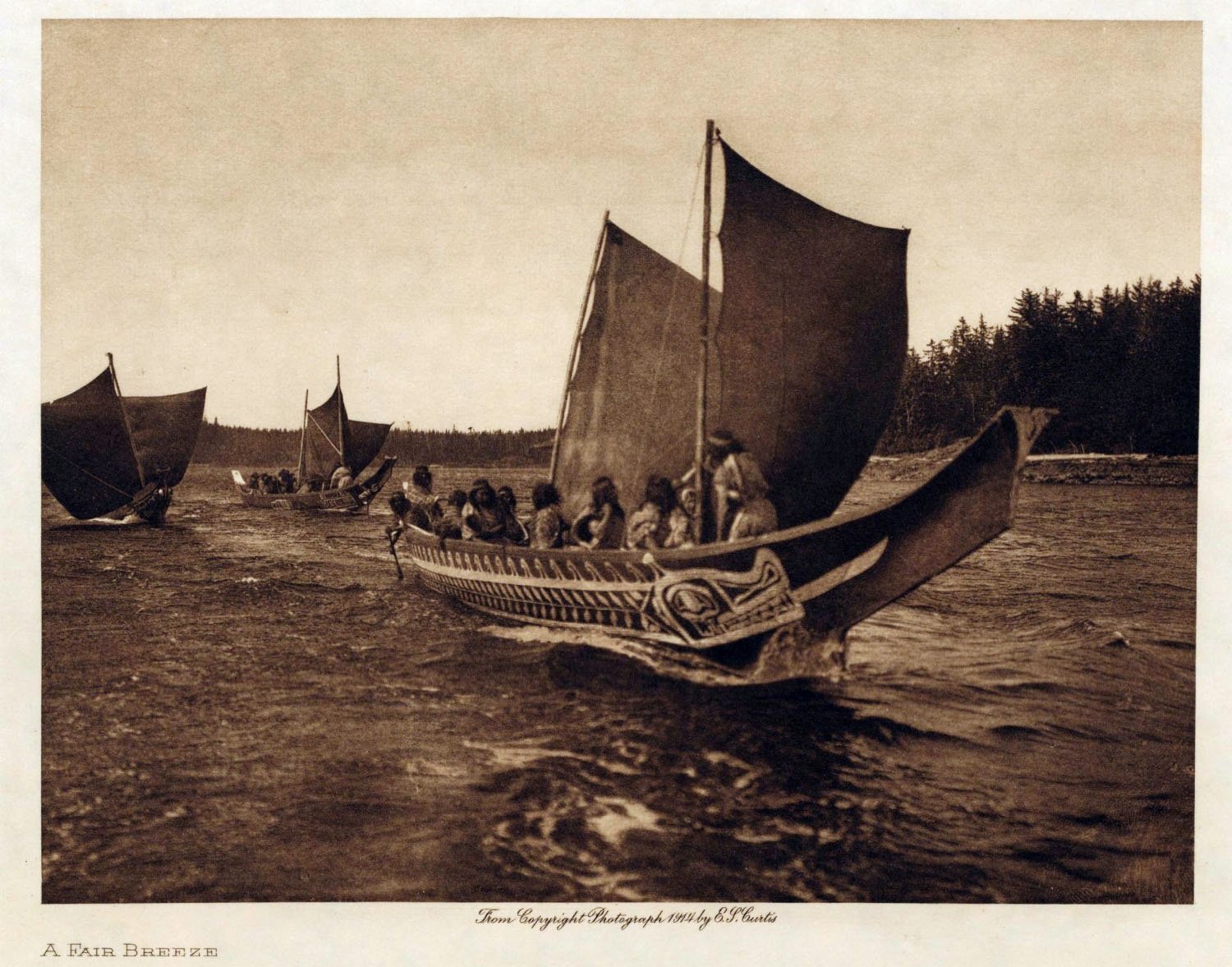Tsawataineuk First Nations girl
Tsawataineuk First Nations Girl, of the Kwakwakaʼwakw People, ca. 1914
The girl from the Tsawataineuk nation, part of the Kwakwakaʼwakw people (pronounced as kwa-kwa-kay-wok), lived on northern Vancouver Island and around the Broughton Archipelago in Canada.
Her photo was taken by Edward Curtis, who identified her in his book only as the “Tsawatenok girl” (with Tsawataineuk being the modern spelling).
Native American anthropologist Dr. Margaret M. Bruchac has identified the girl in this photo as Margaret Wilson Frank, as noted in her research paper titled “My Sisters Will Not Speak: Boas, Hunt, and the Ethnographic Silencing of First Nations Women.”
Margaret is wrapped in a cedar bark cape lined with fur, typical of the Northwest Coast peoples. She is wearing large abalone shell earrings, which at the time were a sign of nobility and were worn exclusively by members of this class. Abalone shells like these were often used as ornaments or as inlay work on traditional handicrafts.
Gathering Abalone Seashells by the shore, 1914

Photo by Edward S. Curtis (Library of Congress)
“A Fair Breeze” Kwakwaka'wakw in their large sailing canoes, 1914.

Photo by Edward S. Curtis (Library of Congress)
Broughton Archipelago, part of the Kwakwaka'wakw Territory.

Photo courtesy of firstnations.de
Kwakwaka'wakw lands.

Photo courtesy of firstnations.de
Photo courtesy of firstnations.de
SHARE
Leave a comment
Related post
SHOP BY DEPARTMENT
NEWSLETTER
SIGN UP TODAY
Sign up to receive news & exclusive deals. No spam - We promise!





0 comment
Be the first to comment